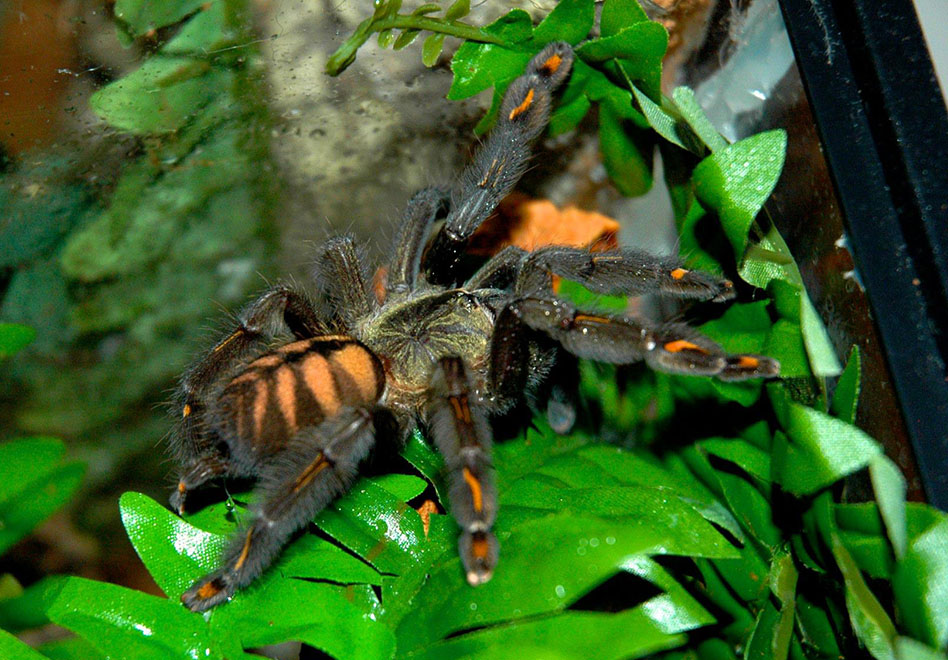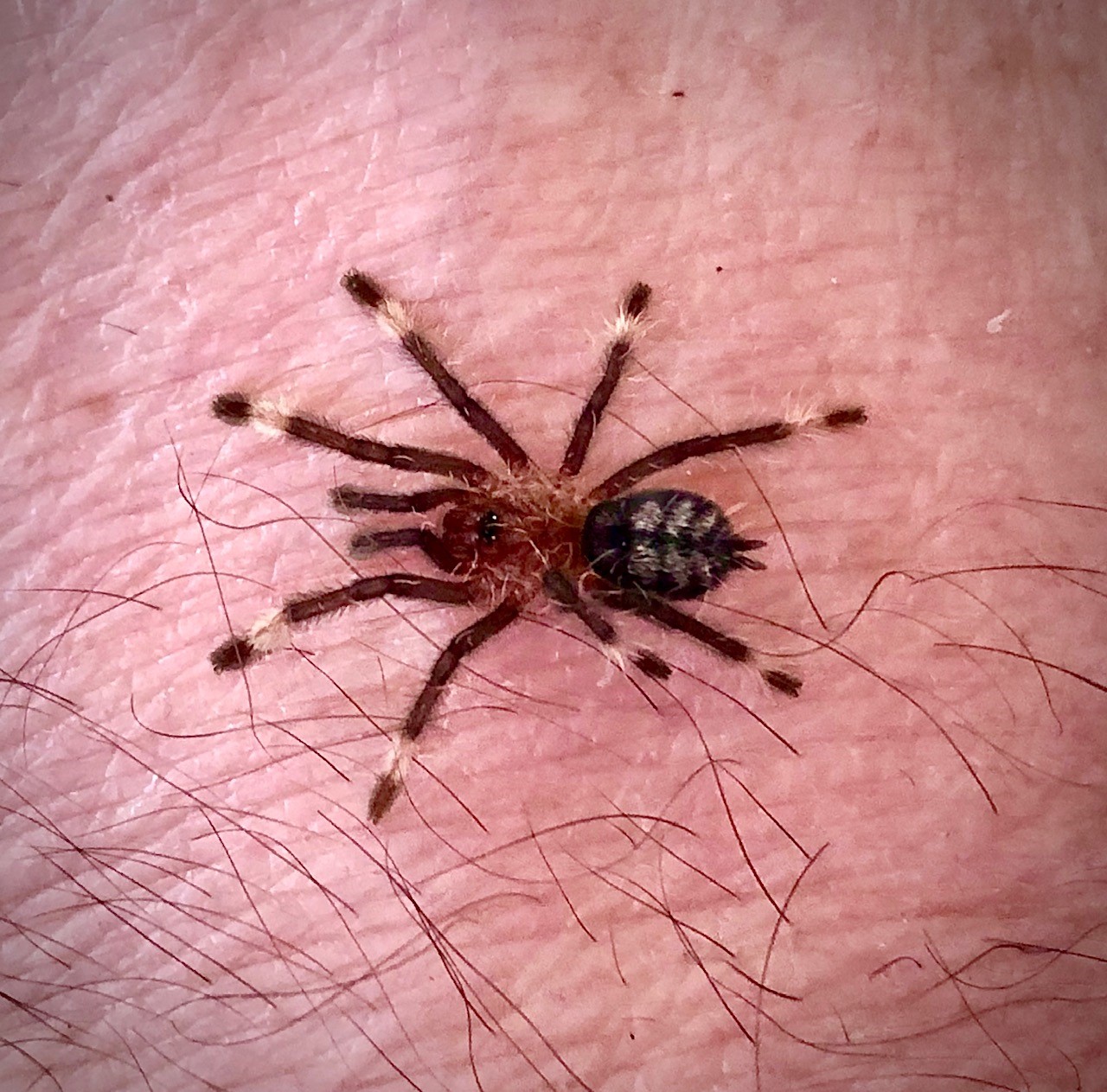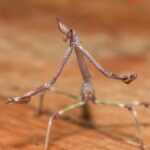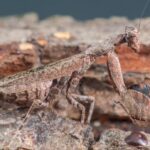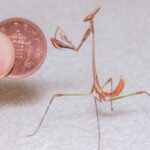Description
Psalmopoeus irminia (Venezuelan suntiger) (1.5-2cm) for Sale
Unsexed Spiderlings (1.5-2cm)
Venezuelan suntiger tarantula Psalmopoeus irminia (Venezuelan Suntiger Tarantula)
From the tree tops of Venezuela comes the P. irminia.
This arboreal species prefers temperatures of 21°C – 29°C with a humidity of approximately 70% – 80%
Ref: Wikipedia
Psalmopoeus irminia, also known as the Venezuelan suntiger, is a species of tarantula endemic to Venezuela, Guyana and Brazil.
Psalmopoeus irminia are unique in their striking black coloration paired with vibrant orange chevron and leg markings. This species can be very defensive when disturbed, yet also has the ability to accelerate from danger very quickly. Like other Psalmopoeus, this species can often be found in tree cavities at a medium height. Females reach six inches in diagonal leg span on average. Males are sexually dimorphic, appearing to have much thinner legs as well losing most of their coloration, it can be hard to distinguish them from Psalmopoeus cambridgei mature males. Like all members of Psalmopoeus , Ps. irminia lack urticating hairs. Eggsacs of this species typically carry 50-200 spiderlings, however, they have the ability to lay two eggsacs from a single mating.
Psalmopoeus irminia, commonly known as the Venezuelan Suntiger, is a New World, arboreal tarantula first small , by F. Saager . This tree dwelling tarantula has a deep black color with bright orange chevrons on the legs and a tiger striped pattern on the abdomen. This species is indigenous to the area of Venezuela and Guyana but was also observed in 2016 in Brazil. Unlike most New World tarantulas, this species does not have urticating hairs, but makes up for this lack of defense mechanism by being very fast and agile and having a venom stronger than most NW species. The Venezuelan Suntiger is sexually dimorphic, meaning you can tell the females and males apart by their appearance. Males of this species are smaller than the females and have grayish brown color instead of deep black coloration of the mature females. These T’s are fast growing and once mature, females are generally around 5-6“ for an adult female while males are usually around 4-5”. Females typically only produce 50-200 eggs per sac, but are able to double clutch, or drop another egg sac without mating a second time.

